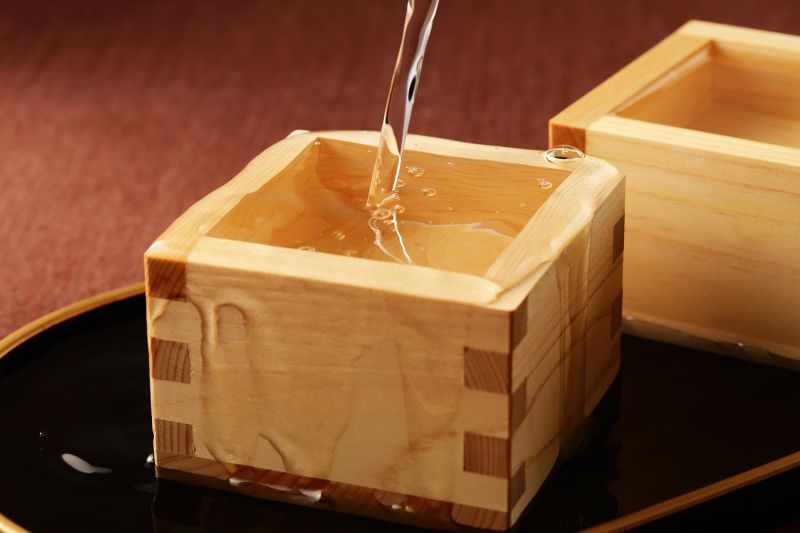Sake is a traditional alcoholic beverage made from fermented rice. The rice has been polished to remove the bran. Although sake is sometimes referred to as ‘sake wine,’ it’s fundamentally different than wine. Wine is made by fermenting sugars that are present in fruits, typically grapes. Sake is brewed more like a beer, where the starch from the rice is converted into sugars and fermented into alcohol. But, sake differs from beer brewing further.
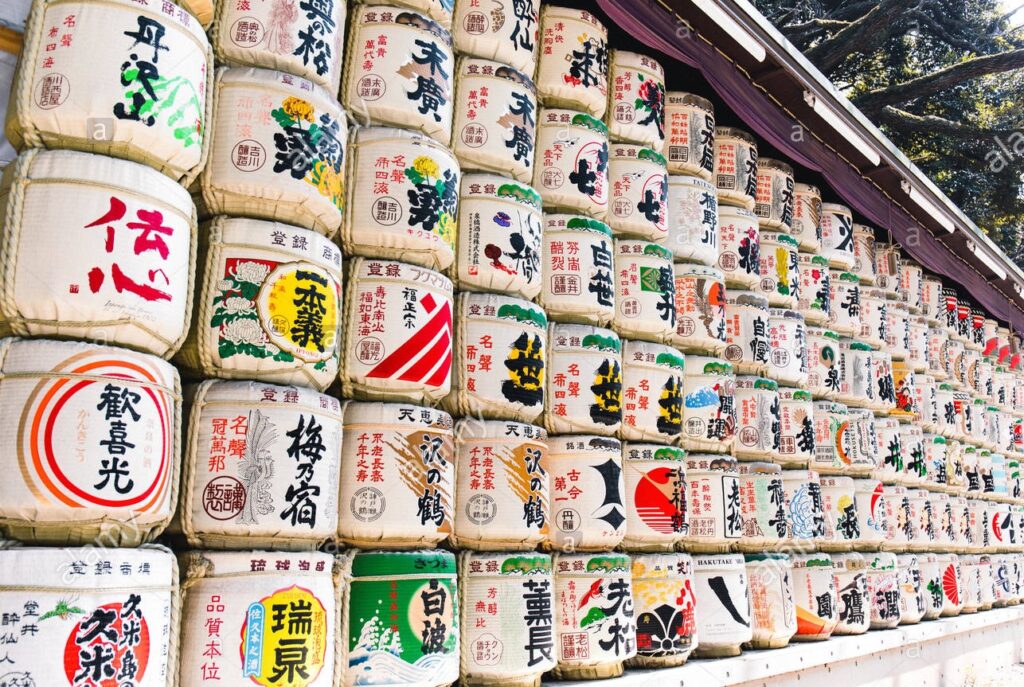
While beer is brewed in two distinct steps, the fermenting alcohol in sake is created in one step, and this is typical of other rice-based alcoholic drinks. With beer, the starch turns to sugar and then ferments into alcohol. With sake and other beverages of its ilk, the fermentation conversion from starch to sugar and alcohol occurs at the same time.
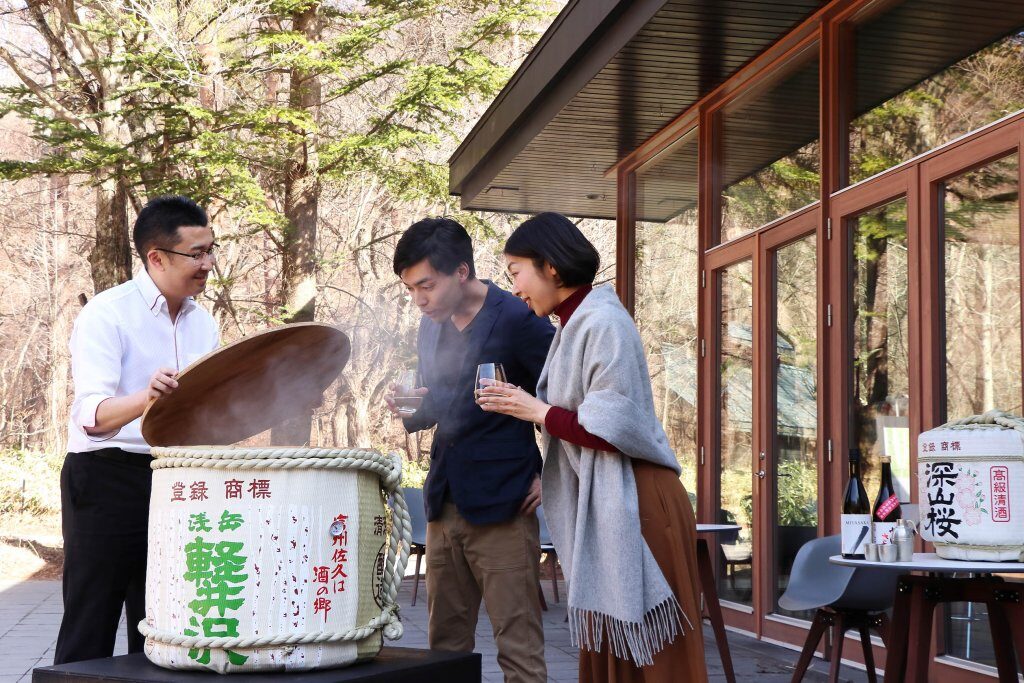
The origins of sake can be loosely traced to China as far back as 4,000 BC. But after Japan introduced wet rice cultivation around 300 BC, the Japanese began to produce the drink in mass quantities. At first, the Japanese government had a monopoly on sake brewing. But sometime around the 10th century, temples and shrines began to brew the drink. For centuries afterward, the temples were the primary distilleries of sake in Japan. By the 1300s, sake had become one of the most ceremonial beverages in the country. Now, sake is the national beverage of Japan.
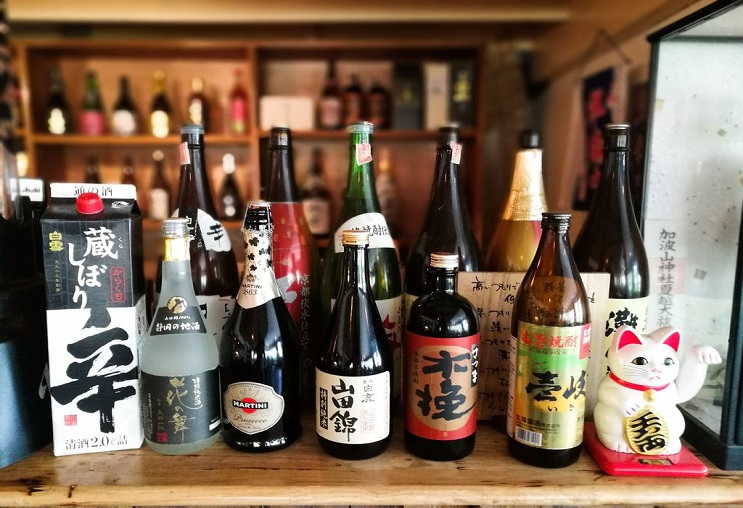
The name “sake” is also a bit of a misnomer. ‘Sake’ in Japanese refers to all alcoholic beverages. But the drink we know as sake in the west is called ‘nihonshu’ in Japanese, which roughly translated, means ‘Japanese liquor.’
Usually, sake is served in a special ceremony, where it is warmed in an earthenware or porcelain bottle. But you can drink sake chilled or at room temperature, too. During the ceremony, sake is sipped from a small porcelain cup. The type of sake you have will determine the recommended serving temperature.
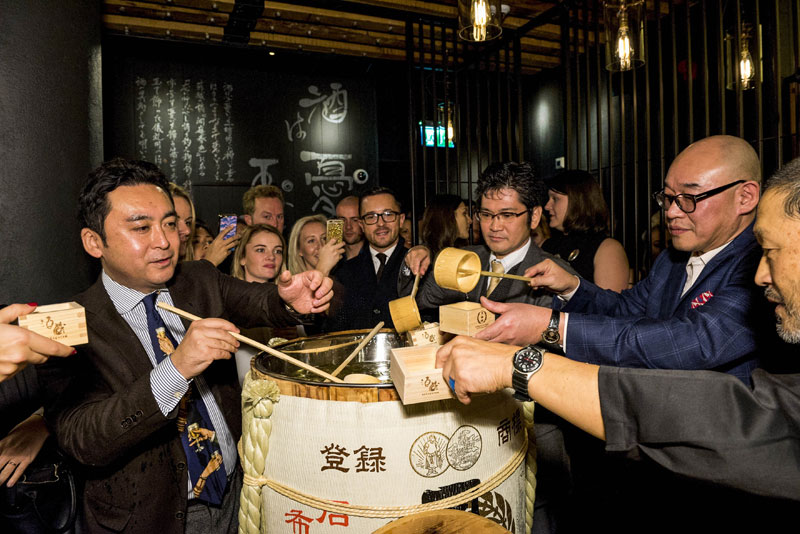
The alcohol content between sake, beer, and wine is wildly different, too. Wine typically contains an ABV between 9% and 16%, while beer is usually around 3% to 9%. Undiluted sake, however, has an ABV of about 18%-20%. If sake is diluted with water before it is bottled, the ABV will be around 15%. Read on for the 8 top tips on how to drink sake the right way so you can get the most out of this unique beverage.
Your Guide on How to Drink Sake
Sake comes in so many different flavors, finishes, and serving temperatures. With a rich history hundreds of years in the making, sake is one of the most unique and versatile alcoholic beverages in the world. With so many different sake drinks to choose from, anyone can find one to enjoy. Experimenting with, serving, toasting, and drinking sake isn’t just a way to enhance your dinner, it’s an experience in and of itself.
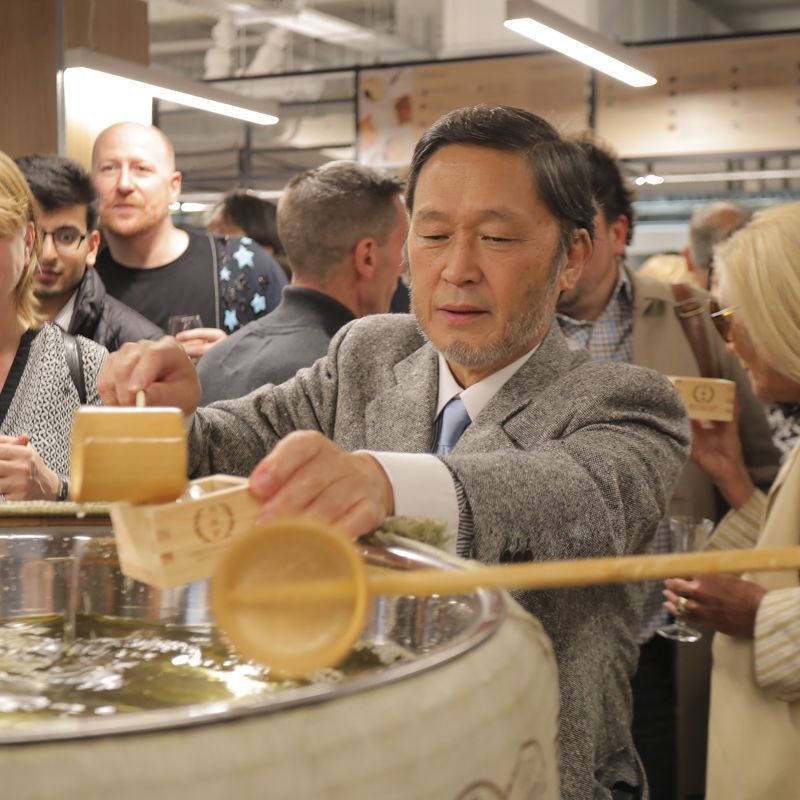
The next time you want to get the quintessential Japanese dining experience, you’ll want to find and add an enjoyable, flavorful sake beverage to your meal. You know how to drink sake like a pro now. So, come to one of our award-winning restaurants and try a bottle alongside a selection of some of the finest sushi in the world. Are you ready to turn a tasty, traditional Japanese meal into an experience you won’t forget?
Order Masu wood cup from Japan HERE!
